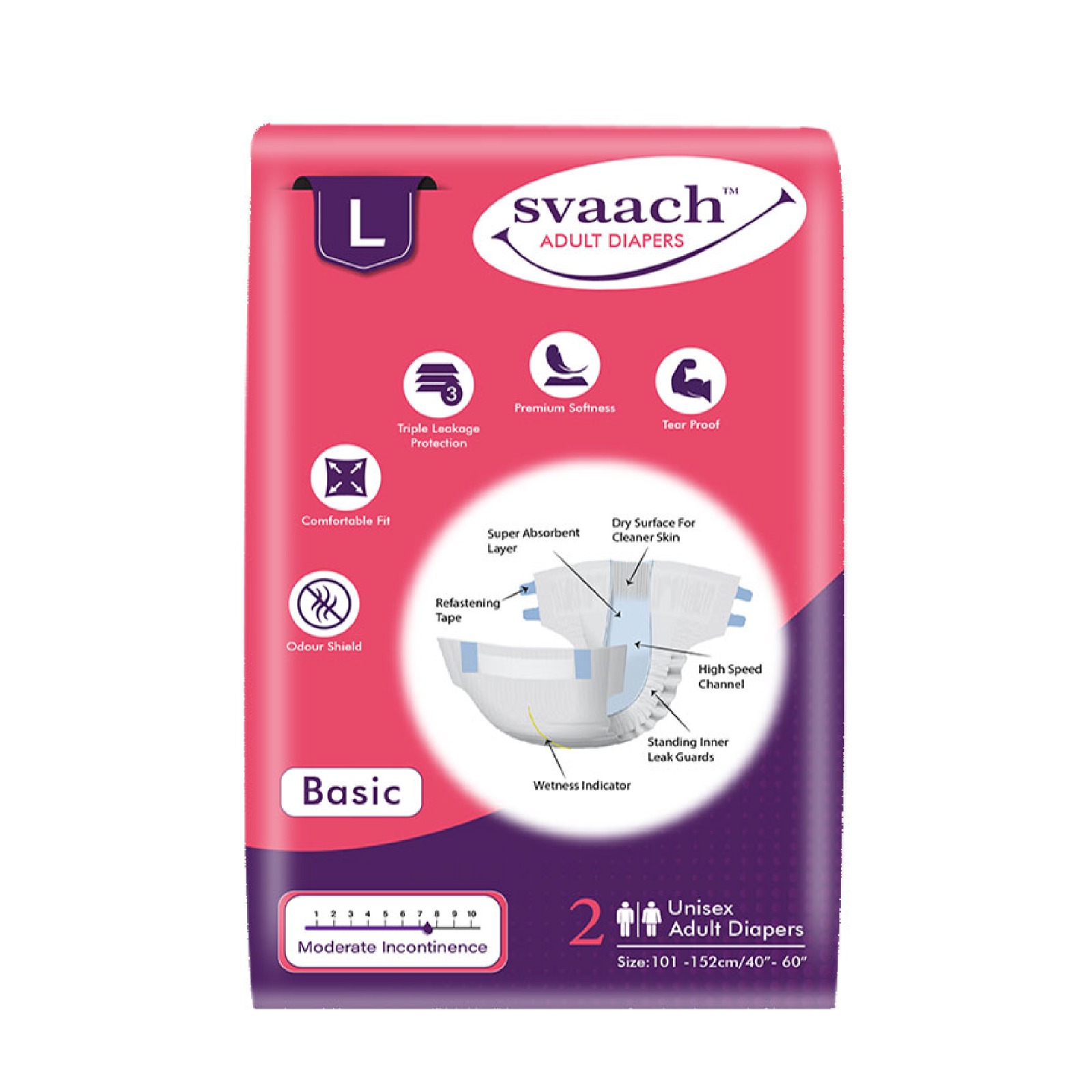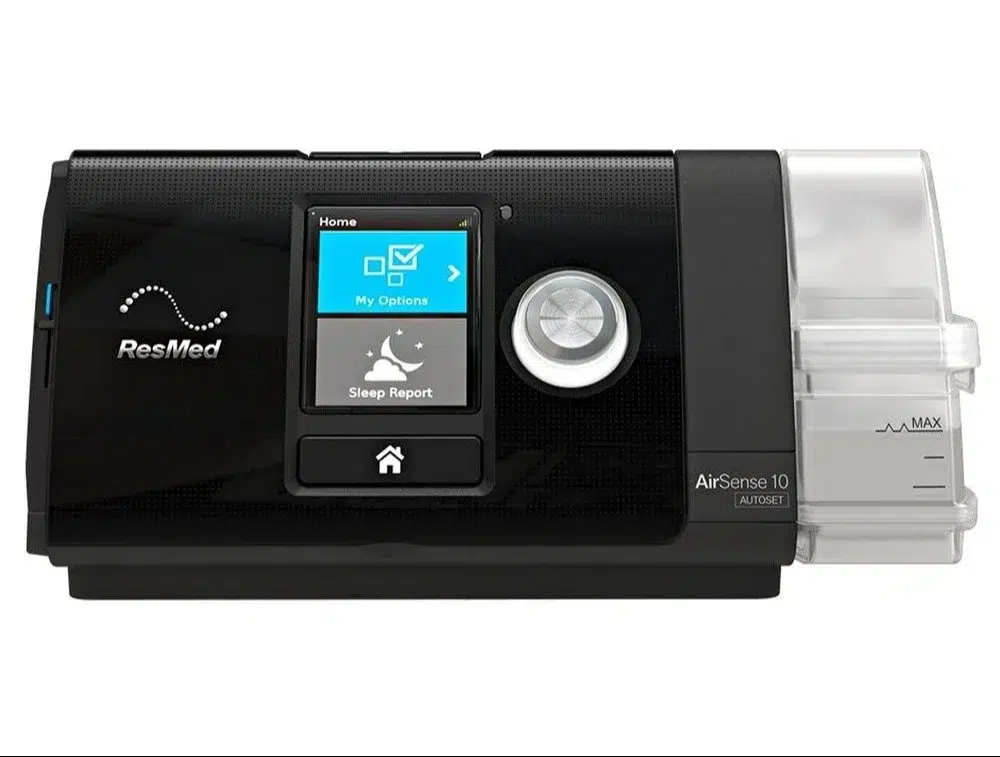Vision for Tomorrow: How Modern Healthcare Tech is Revolutionizing Eye Care for Adults

In today’s fast-paced world, where screens dominate our daily lives and aging populations are on the rise, the importance of eye health for adults has never been greater. Fortunately, advancements in healthcare technology are revolutionizing the landscape of eye care, offering adults new opportunities to protect and enhance their vision.
This article delves into the latest innovations in healthcare tech aimed at improving adult eye care, from smart glasses to advanced diagnostic tools. It explores how these technologies are making eye care more accessible and convenient.
Understanding the Need for Advanced Eye Care Solutions
As adults age, their risk of developing vision problems and eye conditions increases. From presbyopia and cataracts to glaucoma and age-related macular degeneration (AMD), the prevalence of eye-related issues among adults underscores the importance of regular eye exams and proactive eye care. However, traditional eye care methods can be time-consuming, costly, and inaccessible for many adults, especially those living in remote areas or with mobility limitations. As such, there is a growing demand for innovative healthcare technologies that can improve the accessibility, efficiency, and effectiveness of adult eye care.
The Rise of Smart Glasses
Smart glasses have emerged as a promising solution for adults looking to enhance their vision and mitigate the effects of age-related vision changes. These technologically advanced eyewear devices feature built-in displays, cameras, and sensors that augment the wearer’s vision and provide real-time assistance in various tasks. From adjustable focus lenses to augmented reality overlays, smart glasses offer customizable vision enhancement options tailored to the individual’s specific needs and preferences.
Moreover, smart glasses can integrate with other healthcare technologies, such as telemedicine platforms and remote monitoring devices, enabling adults to receive personalized eye care solutions without the need for frequent in-person visits to an ophthalmologist.
Augmented Reality Applications for Vision Therapy
In addition to vision enhancement, augmented reality (AR) applications are transforming the field of vision therapy for adults with visual impairments or eye conditions. These interactive digital tools utilize AR technology to create immersive environments and interactive exercises designed to improve visual acuity, strengthen eye muscles, and enhance visual processing skills. From gamified vision training programs to simulated real-world scenarios, AR applications offer adults engaging and effective ways to rehabilitate their vision and improve their overall eye health. Moreover, AR-based vision therapy can be accessed remotely, allowing adults to participate in therapy sessions from the comfort of their homes and at their own pace.
Advanced Diagnostic Tools for Early Detection and Prevention
Early detection is key to preventing vision loss and managing eye conditions effectively. In recent years, there has been a significant advancement in diagnostic tools and imaging technologies for detecting eye diseases and abnormalities in adults. Optical coherence tomography (OCT), retinal imaging devices, and intraocular pressure monitors are just a few examples of advanced diagnostic tools that enable ophthalmologists to detect signs of eye diseases such as glaucoma, diabetic retinopathy, and AMD at an early stage. By identifying these conditions sooner, healthcare providers can implement timely interventions and preventive measures to preserve adult’s vision and minimize the risk of vision loss.
Teleophthalmology Services
One of the most significant developments in adult eye care is the rise of teleophthalmology services, which bring eye care directly to adults’ doorstep through telemedicine platforms and remote monitoring devices. Teleophthalmology enables adults to consult with ophthalmologists, undergo virtual eye exams, and receive expert eye care advice from the comfort of their homes.
Moreover, teleophthalmology platforms can facilitate remote monitoring of eye conditions, allowing healthcare providers to track changes in vision, monitor treatment progress, and intervene promptly in case of any abnormalities. This remote approach to eye care not only improves accessibility for adults in rural or underserved areas but also enhances convenience and reduces the burden of travel and waiting times associated with traditional eye care visits.
Making LASIK More Accessible for Patients
Efforts to increase accessibility to LASIK (Laser-Assisted In Situ Keratomileusis) surgery have been instrumental in expanding options for patients seeking vision correction. Technological advancements, such as bladeless LASIK and femtosecond laser technology, have enhanced the precision and safety of LASIK procedures, improving patient outcomes. Additionally, the availability of affordable financing options and increased price transparency in the LASIK industry have made the procedure more financially feasible for a wider range of patients. These developments have contributed to making LASIK surgery a more accessible and affordable option for individuals seeking to improve their vision and quality of life through refractive surgery.
Embracing the Future of Adult Eye Care
In conclusion, modern healthcare technology is revolutionizing the field of adult eye care, offering innovative solutions to enhance vision, detect eye conditions early, and make eye care more accessible and convenient than ever before. From smart glasses and augmented reality applications to advanced diagnostic tools and teleophthalmology services, these advancements empower adults to protect and preserve their vision as they age. As technology continues to evolve, the future of adult eye care holds promise for improved outcomes, increased accessibility, and enhanced quality of life for adults around the world.
*****
latest Blogs
categories
Categories
- Beauty Tips
- COVID-19
- Fitness tips
- Health & Wellness
- Health & Wellness Equipment
- Health and Wellness
- Health care
- Health Tips
- Healthcare & Medical Equipment Rental
- Healthcare Solutions
- Healthy Eating
- Home Healthcare Solutions
- Hospital Bed Rentals
- Life Style
- Medical Equipment Rentals
- Mental Health
- Nebulizer Machines
- Nursing Care Services
- Patient Care Solutions
- Prime Healers community
- Product information
- Product Review
- Renting an Oxygen Concentrator
- Respiratory Care
- Respiratory Care Solutions
- Uncategorized
- Wheelchair and Hospital Bed
- Wheelchair for Festivals






















